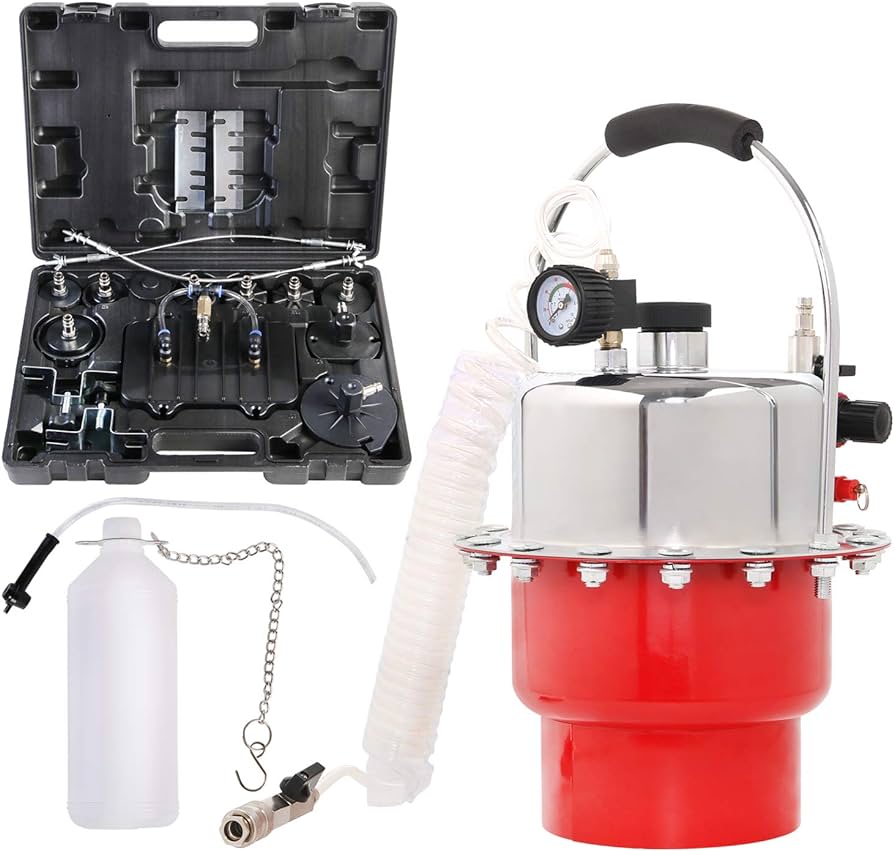In warmer months, having a functional air conditioning (AC) system is essential to keep your comfort levels high. However, sometimes your AC unit may become overcharged with refrigerant gas, leading to several issues, including reduced cooling efficiency.
Why is an Overcharged AC a Problem?
When your AC system is overcharged, it can result in numerous problems, such as:
- Decreased cooling performance
- Inefficient energy consumption
- Potential damage to the compressor
- Affects overall system longevity
Steps to Bleed off an Overcharged AC
Bleeding off an overcharged AC involves safely releasing excess refrigerant until it reaches the manufacturer’s recommended level. Here’s a step-by-step guide on how to do it:
Step 1: Safety Precautions
Before starting, ensure you take the necessary safety precautions:
- Use appropriate protective equipment, such as gloves and safety glasses
- Work in a well-ventilated area
- Turn off the AC system and disconnect the power supply
- Allow the AC unit to sit idle for at least 30 minutes to normalize pressure
Step 2: Locate The Service Ports
Locate the high and low-pressure service ports on your AC system. These ports are usually indicated by small caps with the letters “H” and “L”.
| High Pressure | Low Pressure |
|---|---|
| Red Cap (“H”) | Blue Cap (“L”) |
Step 3: Attach Gauges And Connect Recovery Equipment
Attach the AC gauges to the corresponding service ports. The high-pressure gauge should be connected to the high-pressure service port, and the low-pressure gauge to the low-pressure service port.
Next, connect the recovery equipment to the system. Ensure you follow the manufacturer’s instructions for your specific equipment.
Step 4: Open Valves And Monitor Pressure
Open the valves on the AC gauges, allowing the system pressure to be displayed. Monitor the pressure on both the high and low-pressure gauges.
Step 5: Release Excess Refrigerant
Using the recovery equipment, slowly release the excess refrigerant from the system. Follow the proper procedures outlined in the equipment manual to prevent any environmental harm.
Continue releasing refrigerant until the pressure on both the high and low-pressure gauges reach the manufacturer’s recommended levels.
Step 6: Close Valves And Disconnect Equipment
Once the pressure is back to the recommended levels, close the valves on the AC gauges. Disconnect the recovery equipment from the service ports, ensuring a proper and safe disconnection.
Step 7: Recheck Pressure
After disconnecting the recovery equipment, recheck the pressure on the AC gauges to confirm they are within the recommended range. If necessary, repeat the process to adjust the levels further.
Step 8: Test The Ac System
With the AC system no longer overcharged, reconnect the power supply and turn on the system. Test the performance and cooling efficiency to ensure optimal functionality.

Credit: www.amazon.com

Credit: www.amazon.com
Frequently Asked Questions For How To Bleed Off An Overcharged Ac: Quick And Effective Methods
How Can I Tell If My Ac Is Overcharged?
You can check for symptoms like higher-than-normal pressure readings and reduced cooling efficiency.
Why Is It Important To Bleed Off An Overcharged Ac?
Releasing excess refrigerant helps prevent damage to the compressor and maintains optimal system performance.
What Tools Or Equipment Do I Need To Bleed Off An Overcharged Ac?
You will need a pressure gauge, refrigerant recovery and recycling equipment, safety goggles, and gloves.
Can I Bleed Off An Overcharged Ac System Myself?
It’s essential to have the necessary knowledge and tools. If unsure, seek professional assistance.
Conclusion
Having an overcharged AC system can not only decrease your comfort but also have a negative impact on the overall performance and longevity of your unit. By following the step-by-step guide outlined above, you can safely bleed off the excess refrigerant and restore your AC system to its optimal working condition.

